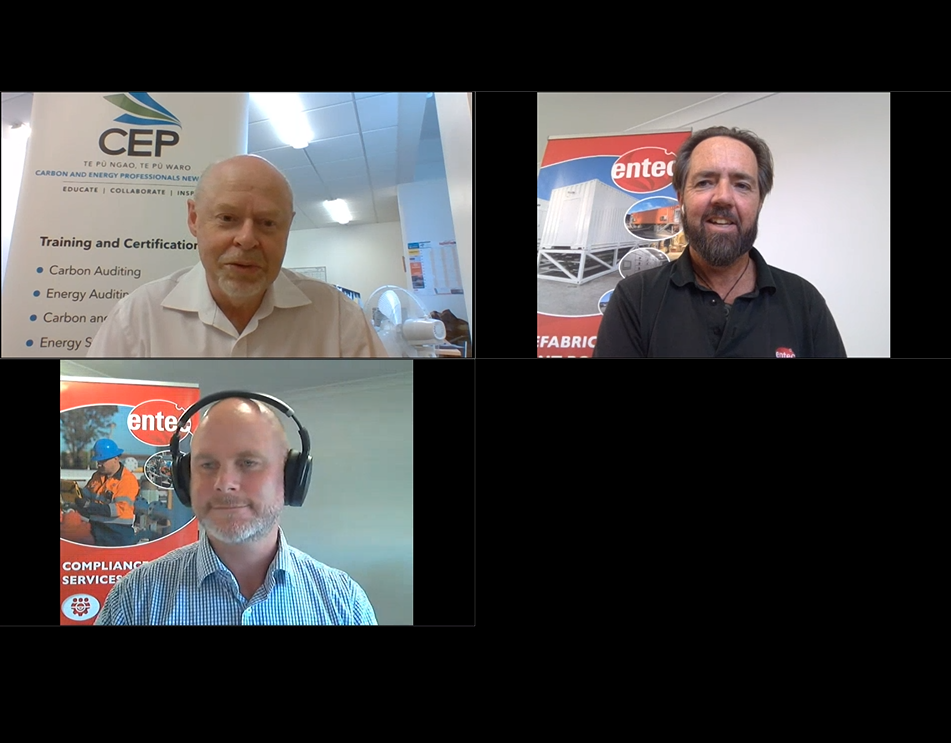Faster, Smarter, Greener
As the world moves towards decarbonisation, pre-fabrication is becoming an increasingly attractive solution for businesses seeking efficient, safe, and cost-effective ways to upgrade or expand their plant capacity. Understand how Entec's pre-fabricated plant rooms (PPRs) can accelerate the energy transition by aiding the build of power generation, transmission, and distribution assets. Explore the advantages of PPRs and its applications below and contact us if you'd like more information.



